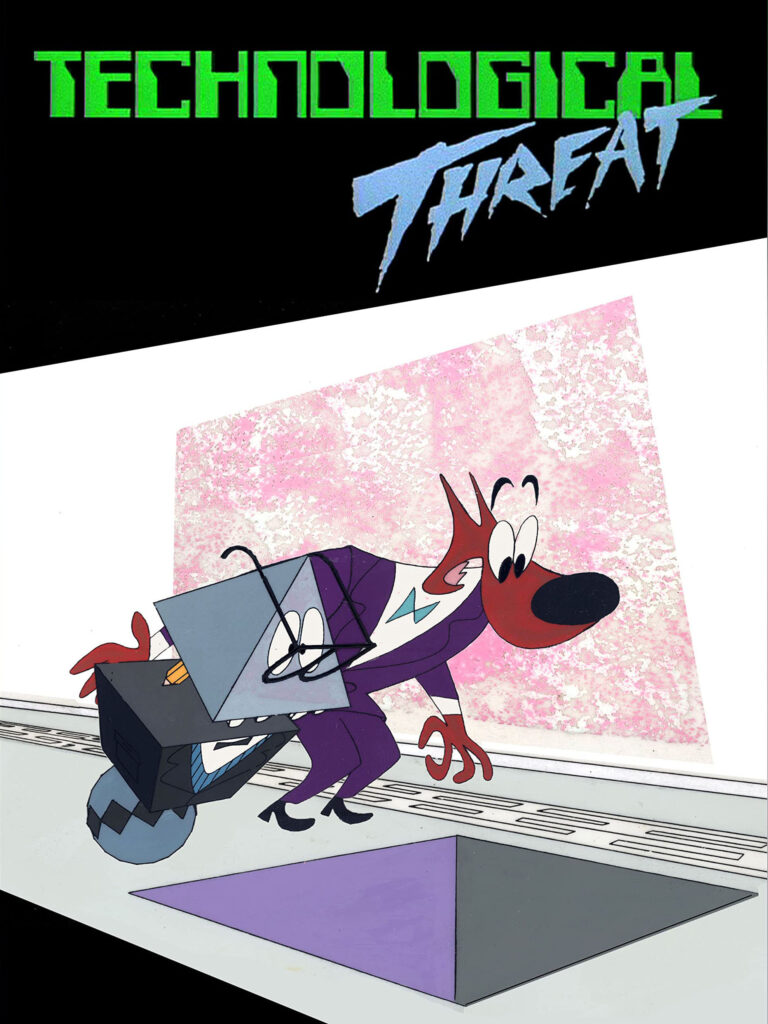
So, up to this point we have witnessed a series of very radical changes in the productive and creative structures of this particular industry, the factory par excellence of the very “stuff that dreams are made of”.
Changes, or “revolutions”, as I like to call them, which have profoundly changed the working methods, the creative potential, the production organisation, the very perception and expectations of the audiences; all under the driving force of highly accelerated technological development, which has made increasingly sophisticated and powerful tools available for image processing and their diffusion on a large scale.
This series of changes, as we have seen, led to a dramatic change in the skills required to the workers involved, and at the same time caused a very significant contraction in their number – only partly compensated by the increase in demand on the market for new products – and the definitive loss of a whole series of technical and artistic specializations linked to systems made obsolete and abandoned forever.
However, all this, albeit at a highly accelerated pace, had followed an usual path, common to all modern technical and productive progress, without affecting the most intimate and profound foundations of the creative and imaginative process, and consequently its final value in society and in culture
Let me explain better, starting from the most classic and obvious of the available examples of “industrial revolution”, that of the transports:
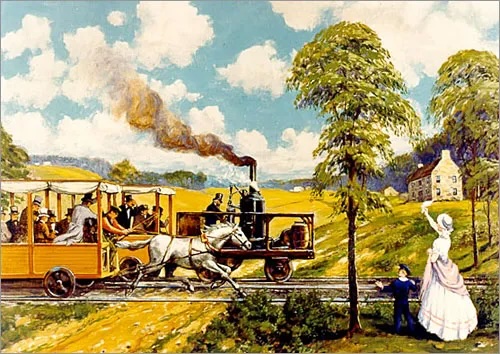
here the transition of movement and communication from animal traction to mechanical traction led to a shocking chain of events, which radically modified not only the methods and techniques of movement, and their availability to an increasingly wider public, but also to a substantial modification of the concept of time and space from the point of view of the human perception, and to profound upheavals in social organization itself.
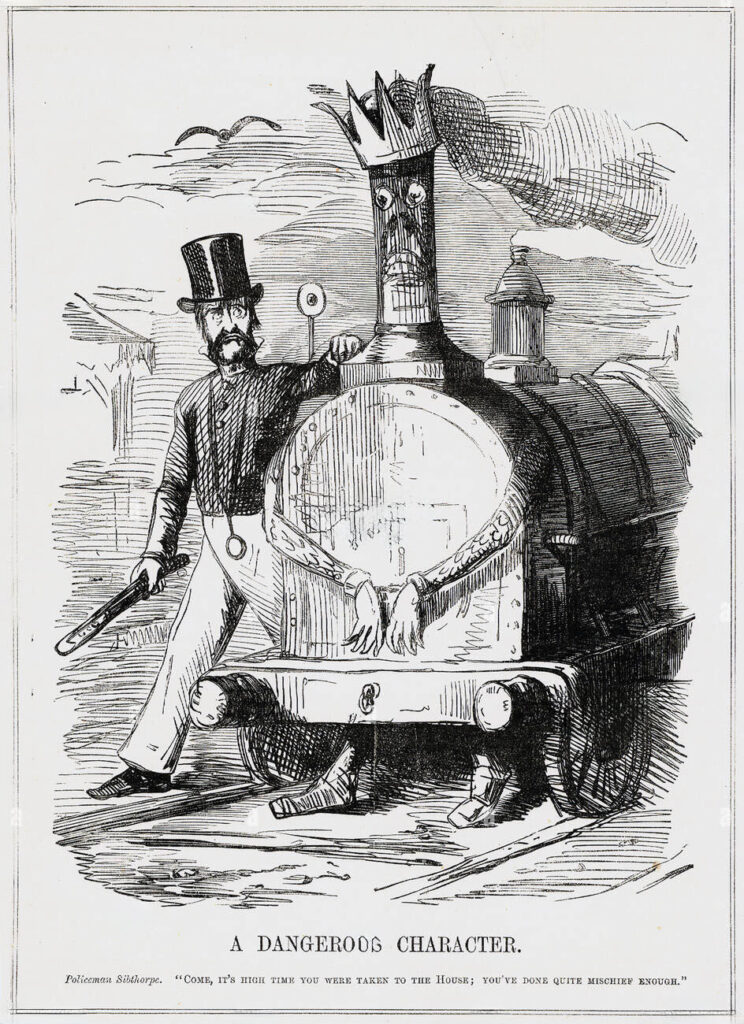
However, all this has not changed the concept of “transport” one millimeter as it has been established for millennia in all human history: the movement of a body (human, artefact or object) from point A to point B, via a vector (legs, horse, cart, car, jet aircraft), and along a specially engineered physical structure, linear or network (path, road, motorway, railway, airport).
To get closer to our perspective, i.e. the transmission of information through images, let us now think about the epochal transition of the visual reproduction of reality from manual figurative art (graffiti, painting, drawing) to optical-mechanical reproduction (photography). Also this led to a dramatic change in perspective, technical, aesthetic and functional. I cannot delve into this point further, as it would require an entire essay in itself, but even in this case it should be noted that the change did not involve its basic connotations, i.e. [A] the selection and reproduction of a visual subject (landscape, portrait, object ) [B] by a subject (designer, painter, photographer) to transmit it [C] to a final recipient (individual or collective, contemporary or historical), for the purposes of factual, aesthetic or cognitive information.
I focused precisely on these examples because I consider them essential to clearly grasp the true scope of the “revolution” in which we are all involved at the moment – and not only in our particular field.
It is no longer just a change in the technical and production apparatus, on the contrary, we can say that the technologies involved are not undergoing a truly substantial evolution, if not, as we will see, mainly of a quantitative nature.
Instead, perhaps for the first time in history we are witnessing a mutation of the profound, ideological and cultural meaning of the very concept of narration, and therefore, ultimately, of information –AND creation.

That is, in the basic scheme: [human subject > generates information > transmits it > to another human subject] a “foreign” element is introduced for the first time which interrupts, so to speak, the cognitive chain, which therefore becomes: [human subject > designs machine > which generates information > transmits it > to another human subject {or machine}]
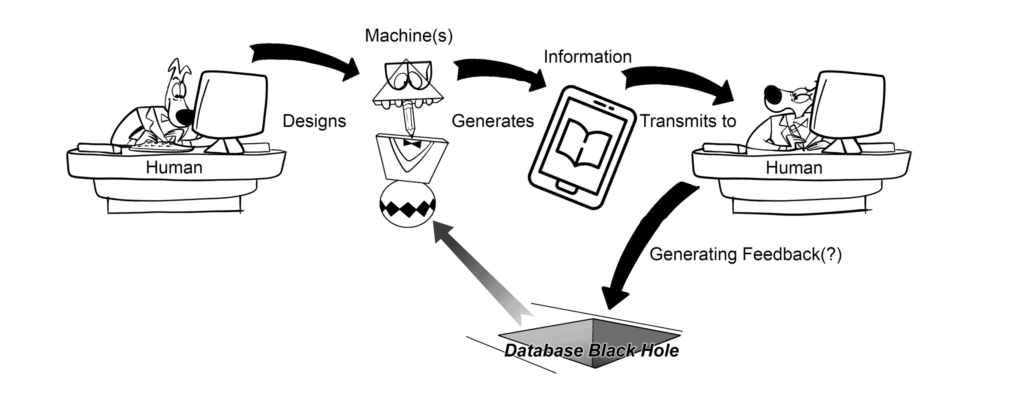
Of course, I am referring to the AI, Generative Artificial Intelligence, which now, at the beginning of the millennium, seems capable of overturning the foundations of most human information and communication systems; and since our industry is essentially one of these structures, we will be (and already are) directly involved.
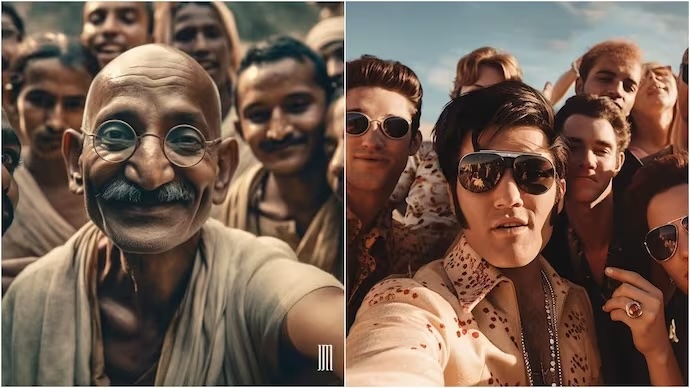
Said in the simplest and most objective way possible, we are no longer dealing with a well-defined group of single technologies, but with a complex and widespread “system”, in which a series of technologies that we already know, enhanced and reorganized around a precisely focused and integrated project, are the actual engine; but which globally produces effects far broader and deeper than those produced so far by the individual technologies involved.
The previous “digital revolution” made available an immense mass of data (information) in a great part produced by ourselves as users – often unconsciously, and for free – then collected, deposited and recorded potentially forever in massive digital databases.
At the same time, increasingly powerful and faster processors have been developed, which are now finally capable of productively processing that mass of information and data, driven by specifically designed sophisticated algorithms.
This “machine” (let’s call it this way as a whole) no longer limits itself to processing information, but programmatically aims to GENERATE new information, drawing on and reprocessing millions of GB of stored data, with a process which, on the model of the human cognitive system of synapses and neural connection, aspires to literally replace it in the highest functions, i.e. the creation from scratch of “original” (i.e. previously non-existent) concepts, ideas and images.
The risk, or rather the current and real danger, at this point is clear and resounding- without even dwelling on the side effects, which are also very alarming, of this whole process: this system aims, openly and without any scruple – moral, ethical or social – to SUBSTITUTE tout court, for fundamentally economic and production efficiency reasons, an entire category of human resources, or even the mere human presence along the entire production pipeline as we have known it up to now, from screenwriters to editors. And among these, by the very nature of their work, animators are among the first to be involved.
The picture of the industrial producer from old trade jokes “I press the button, the film comes out” seems to be within reach, and it is no coincidence that in Hollywood for some time now some categories of artists (notably screenwriters and actors) are in strong agitation to try to somehow slow down and limit this seemingly unstoppable process.
I deliberately wrote “apparently unstoppable”: well, actually I have conflicting thoughts on this topic, apart from the heavy human costs that all this will certainly entail.
On the one hand I think it is completely useless and unproductive to oppose a process of technological evolution, it has never been possible in the past, not even against nuclear proliferation.
On the other hand, I think that the nature of this particular “change”, much like the nuclear issue mentioned above, could be not an evolution, but rather a dangerous resurgence of human hubris destined to cause more harm than good, like in a paradoxical self-destructive delirium.
But let’s try to reason without prejudice or too much emotion.
In fact, technological evolution, as it has always happened up to this point, appears to us as something inevitable and unstoppable, and once started it goes rolling down the hill, like a self-feeding snowball, rapidly enlarging until become an avalanche that can overwhelm everything in its path.
In fact, this has happened until today: despite the Luddite movements, animal propulsion has abandoned the gates of History, and now we can go, if we want, from Paris to New York with a direct flight, in a few hours.
Therefore, as has always happened when faced with great turning points, we only have three possibilities: that of oppose them, thus very likely taking the losing path, that of enduring them, passively taking all the positive, but above all the negative consequences, and that of riding them – and trying to dominate them. After all, this is why many of us get a driving license: to be able to use to our own advantage a vehicle made available by the technology (which in any case we do not dominate at all in its technical, production and market mechanisms).
However, as “artists” – if we can and want to define ourselves that way – the stakes are even higher, and at the same time much more complex.
Here it is not simply a question of transporting us – or having ourselves transported – from one point (of the city, of the country, of the universe) to another: after all, when (and if) safe automatic driving systems will be launched, such as are under study and in advanced experimentation, (and without prejudice to the limits imposed by the environmental impact, which will certainly condition this whole mechanism in a far from distant future), for us individually little will change in the meaning of what we are doing: we will continue to move, more or less comfortably, with greater or lesser independence, in more or less rapid times, with greater or lesser energy and economic efficiency, with greater or lesser environmental impact, from point A to point B.
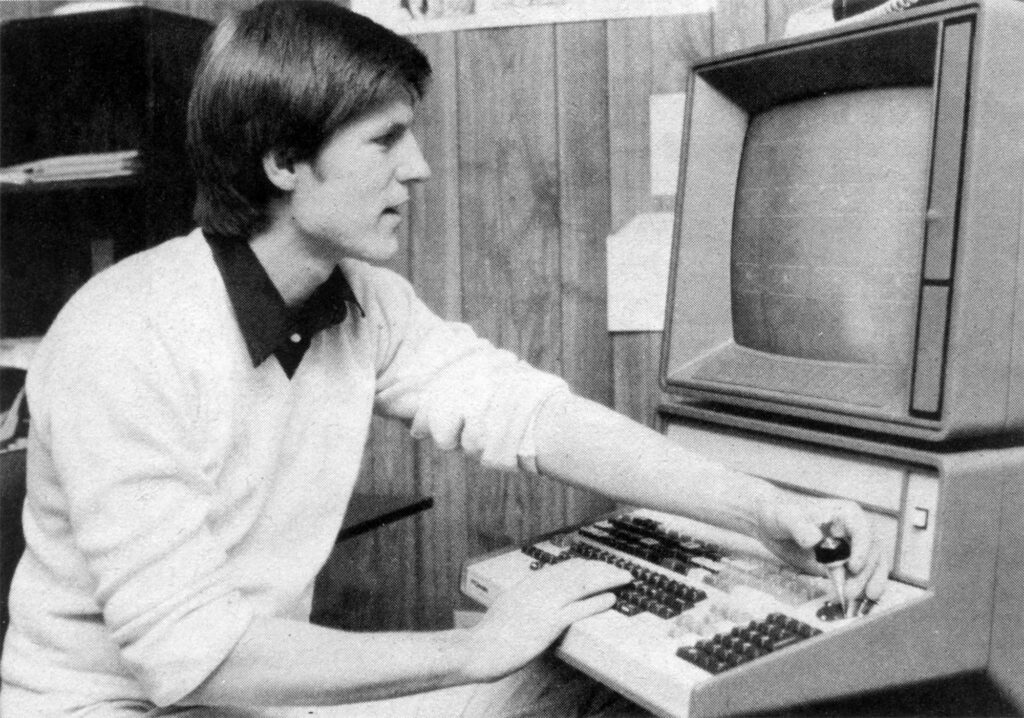
It will be a very different matter if, in our place, in the place of our animation desk, tablet and computer, a AI virtual robot will be installed, as in the prophetic short film by Bill Kroyer mentioned at the beginning. And it will be a very different thing not only for us as artists or filmmakers, but also for ourselves and for anyone else as an audience.
What will change then? What risks loom, both for us as filmmakers, at one end of the chain, and for the audience at the other? What can we do, concretely: fight back, adapt or ride?
In the next article I will try to give these and other questions my very personal opinions, some thoughts and some possible answers.
8 – A Brief Intertlude: “AA: Artificial Art?”
